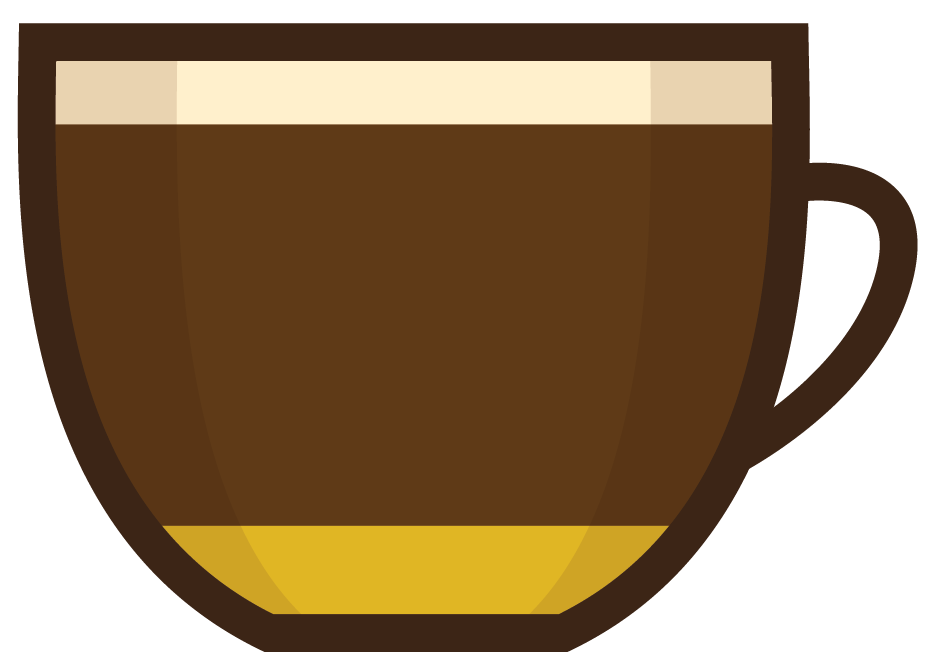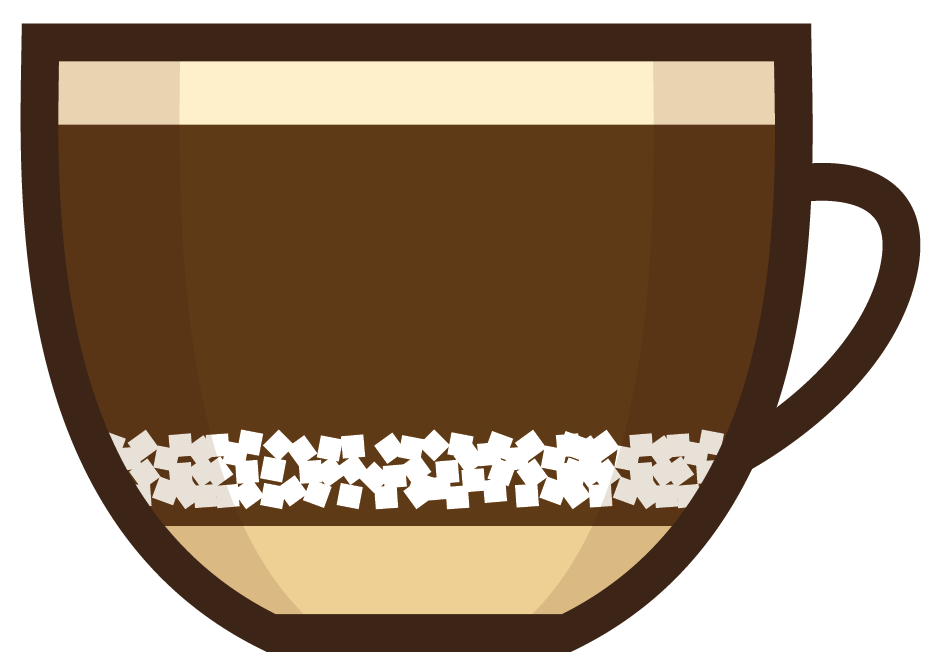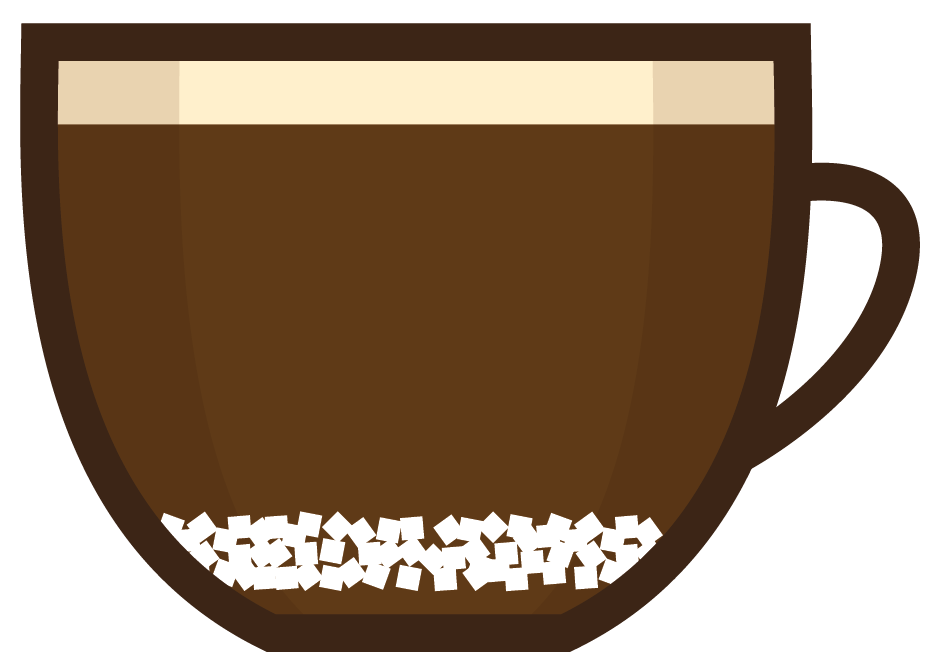How is kopi made?
Kopi
The word “kopi” is an Indonesian/Malay term for coffee.
The unique mix of cultures is the genesis of a regional coffee preparation style born in Singapore and Malaysia in the South East Asia region, or “Nanyang.”

Our coffee is made in the Nanyang style. Invented by Hainanese immigrants to Singapore and Malaysia from mainland China in the late 19th century.
The Robusta beans and Arabica beans are roasted with butter and sugar to give them a caramelized, fuller flavor. The climate and soil in Indonesia and Vietnam are ideal for growing Robusta coffee beans. They have more robust coffee flavors and less acidity than Arabica.
The ground beans are added into a traditional foot-long coffee filter in a long-spouted kettle called a teko. Boiling water is poured to start the brewing process and the beans are steeped in the sock for a few minutes.


The kopi is triple-brewed by pouring each brew from back through the coffee grounds and filter at least three times. This technique is designed to get the most out of the beans and produce a rich master brew and is the basis of kopi mixology.
This stage is where the customization happens—whether you prefer your kopi with condensed milk, sugar, evaporated milk, or even with tea, these components are combined in various amounts. More boiling water may be added depending on how strong you like your kopi.


Each order is then “tarik” or pulled by pouring the mix at a height to create a frothy top. This aerates the kopi and cools the drink a bit for an optimal drinking temperature, and it also mixes the add-ons more thoroughly. This step is similar to frothing milk in making espresso drinks. The action of ‘pulling’ helps to aerate the brew by allowing the beans to oxidise, further enhancing the kopi taste and aroma.
In a quintessential kopitiam style, the kopi is served in a pre-warmed white porcelain cup. The cups are usually decorated with motifs or the name of the kopitiam. The drink is traditionally paired with kaya toast and two soft-boiled eggs. This pairing is influenced by the colonial British and localized by using coconut jam for the toast, soy sauce and white pepper for the eggs.

A quick guide to order our kopi and tea
There are quite possibly more than a dozen ways of having kopi, along with how to order them.
We have created a chart of the popular variations so you can order like a local.
A subculture language of naming your kopi became popular by mixing Malay with Chinese dialects.
Kopi is Malay, “C” is Hainanese for fresh, “O” is Hokkien dialect for black, and “Siew Dai” is Hock Chew dialect for less sweet.
We have created a chart of the popular variations so you can order like a local.
A subculture language of naming your kopi became popular by mixing Malay with Chinese dialects.
Kopi is Malay, “C” is Hainanese for fresh, “O” is Hokkien dialect for black, and “Siew Dai” is Hock Chew dialect for less sweet.

Kopi
Coffee + Condensed milk

Kopi C
Coffee + Evaporated milk

Kopi O
Coffee + Sugar

Kopi Siew Dai
Kopi + Less condensed milk

Kopi C Siew Dai
Coffee + Evaporated milk + Less sugar

Kopi O Siew Dai
Coffee + Less sugar

Kopi Gao
Thick Coffee + Condensed milk

Kopi C Ga Dai
Coffee + Evaporated milk + Extra sugar

Kopi O Kosong
Black Coffee

Kopi Peng
Kopi + Ice

Yuan Yang
Coffee + Tea + Condensed milk

Teh
Tea + Condensed milk